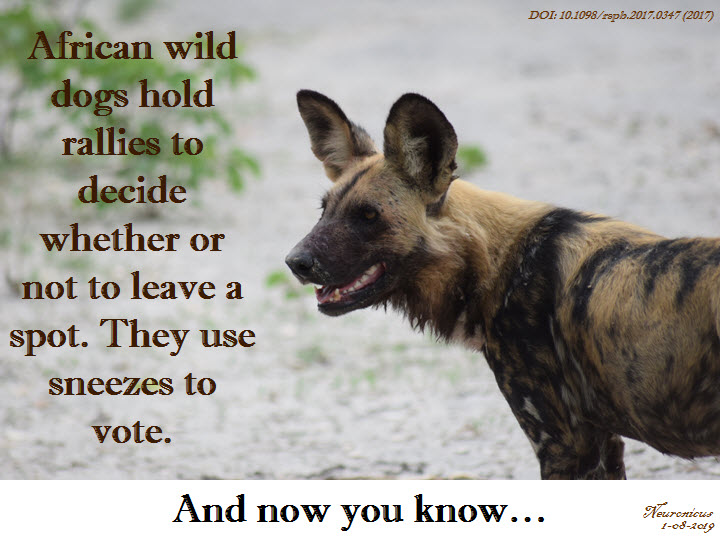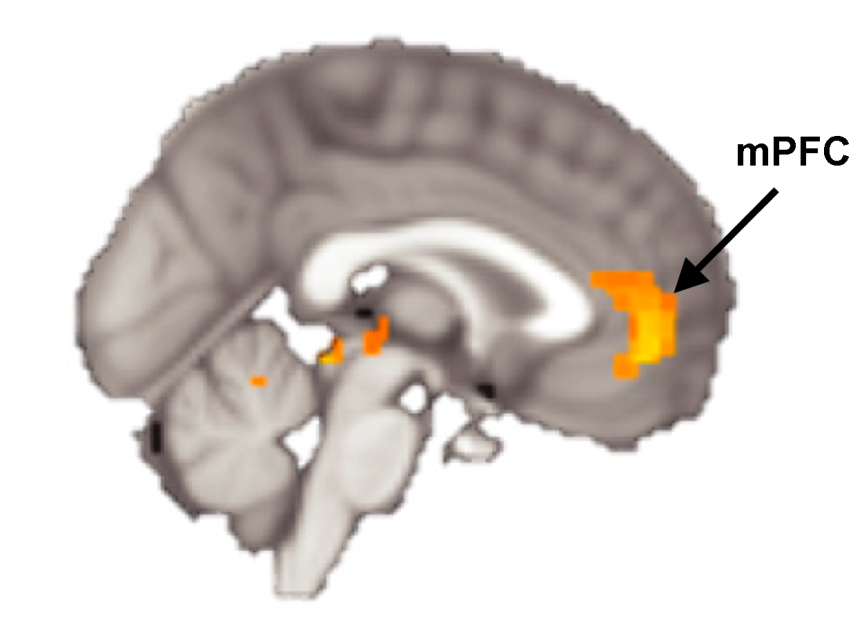 Excerpt from Walker et al. (2017), p. 5:
Excerpt from Walker et al. (2017), p. 5:
“We also find an interaction between total sneezes and initiator POA in rallies (table 1) indicating that the number of sneezes required to initiate a collective movement differed according to the dominance of individuals involved in the rally. Specifically, we found that the likelihood of rally success increases with the dominance of the initiator (i.e. for lower POA categories) with lower-ranking initiators requiring more sneezes in the rally for it to be successful (figure 2d). In fact, our raw data and the resultant model showed that rallies never failed when a dominant (POA1) individual initiated and there were at least three sneezes, whereas rallies initiated by lower ranking individuals required a minimum of 10 sneezes to achieve the same level of success. Together these data suggest that wild dogs use a specific vocalization (the sneeze) along with a variable quorum response mechanism in the decision-making process. […]. We found that sneezes, a previously undocumented unvoiced sound in the species, are positively correlated with the likelihood of rally success preceding group movements and may function as a voting mechanism to establish group consensus in an otherwise despotically driven social system.”
REFERENCE: Walker RH, King AJ, McNutt JW, & Jordan NR (6 Sept. 2017). Sneeze to leave: African wild dogs (Lycaon pictus) use variable quorum thresholds facilitated by sneezes in collective decisions. Proceedings of the Royal Society B. Biological Sciences, 284(1862). pii: 20170347. doi: 10.1098/rspb.2017.0347. PMID: 28878054, PMCID: PMC5597819, DOI: 10.1098/rspb.2017.0347 ARTICLE | FREE FULLTEXT PDF
By Neuronicus, 1 August 2019


